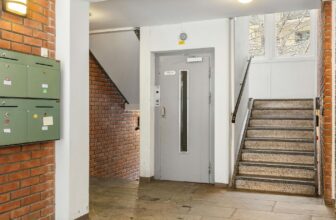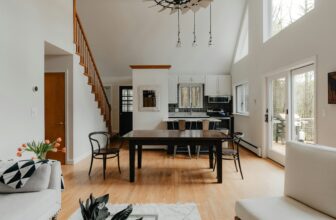
8 High-Value Home Upgrades Purchasers Look For
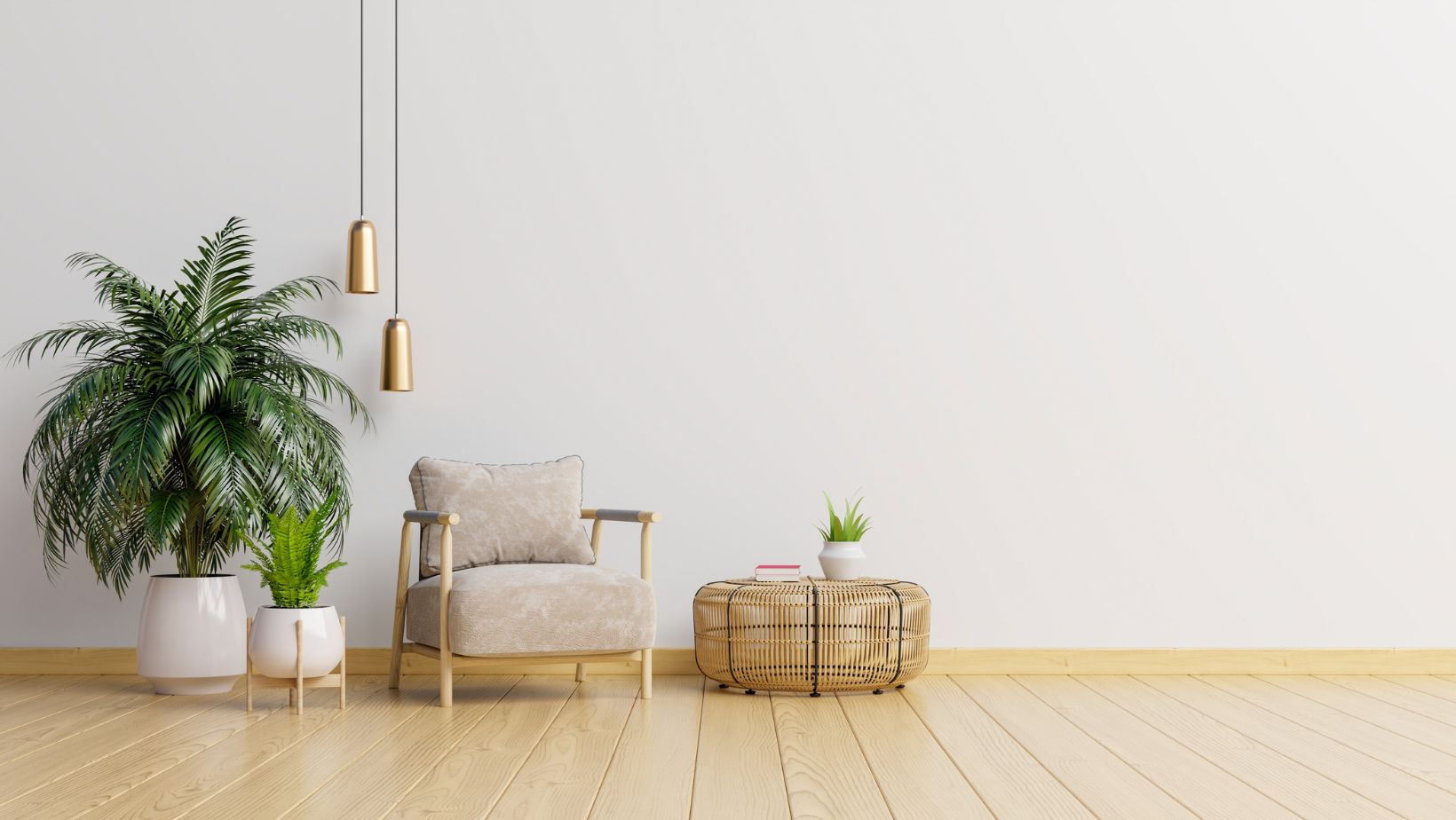
Functional Spaces
A functional layout matters and buyers consistently prioritize upgrades that enhance daily living. Laundry rooms are particularly sought after, with 86% of buyers listing them as desirable features. The practicality of having a dedicated space for chores frequently outweighs the appeal of aesthetic-only upgrades. Bathrooms on the main level are similarly preferred, especially for buyers planning to age in place. Data shows that 80% of buyers appreciate homes with this feature.
For outdoor enthusiasts, patios rank highly, also with 86% of buyers valuing their inclusion. Outdoor spaces remain a driving factor for those balancing indoor functionality with outdoor relaxation. Combined with exterior lighting, which appeals to 82% of shoppers, these upgrades enhance usability and add nighttime curb appeal.
A Focus on Home Efficiency
Efficiency is often as vital as style to prospective buyers. ENERGY STAR windows, preferred by 83% of buyers, help lower energy bills and improve insulation. Homeowners also gravitate toward high-efficiency HVAC systems and updated insulation, especially in older homes where such upgrades are overdue.
Smart Use of Energy-Efficient Upgrades
Buyers increasingly prioritize energy efficiency when considering a home’s value. Features like ENERGY STAR windows, effective insulation, and high-efficiency HVAC systems are practical upgrades. These not only help maintain a consistent indoor climate but also reduce utility bills, making homes more appealing in competitive markets. Such upgrades directly contribute to sustainability and appeal to cost-conscious buyers.
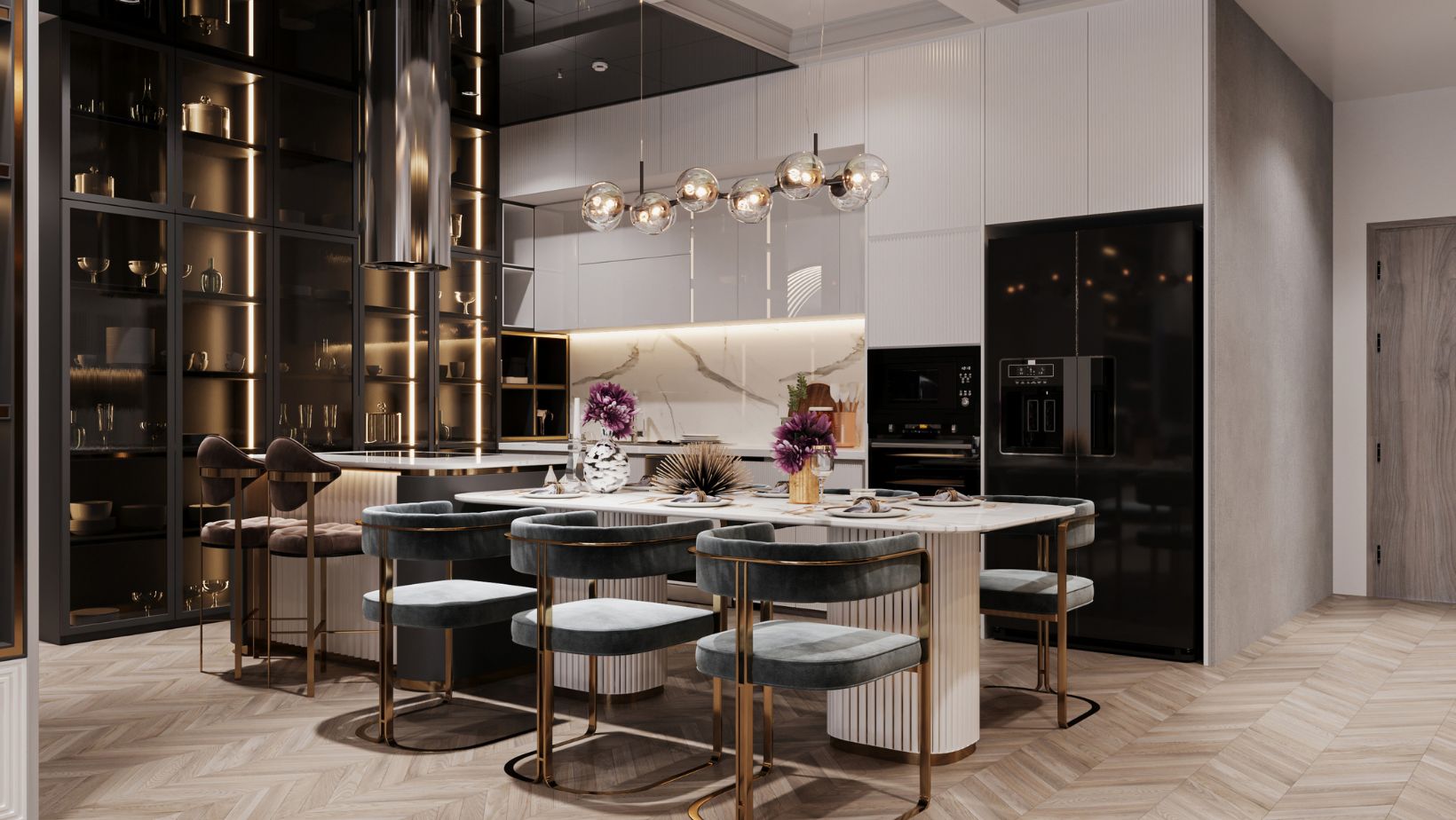
For homeowners, these updates can boost the value of your home while attracting eco-minded buyers. Modern technologies like programmable thermostats and energy-efficient lighting show immediate savings, blending functional value with market advantages. Buyers often notice and appreciate these details when comparing similar properties.
Functional Yet Adaptable Home Additions
Flexibility in use is increasingly valuable to buyers. Dedicated home offices have gained traction as essential spaces, accommodating remote work demands. Multifunctional upgrades, like finished basements, also offer flexibility. Though they may not top every list, a well-designed basement can recoup 75% of its renovation cost. It’s a project that enhances a home’s livable area without necessarily requiring new construction.
Market Demographics Driving Preferences
Millennials, the most active homebuyer group, focus on features balancing convenience and affordability. Buyers nearing retirement lean toward layouts emphasizing single-floor living, with a preference for low-maintenance upgrades. These preferences highlight the importance of understanding the generational demands driving home purchase decisions.
Outdoor Upgrades and Their Returns
Outdoor-focused renovations strike a balance between functionality and aesthetics. Patios create additional living areas while doubling as entertainment spaces. Similarly, stone veneer additions appeal to those seeking upscale curb appeal, delivering a return on investment of over 150%. Garage door replacements lead in profitability, recouping 193% of the initial cost, making it a top choice for sellers aiming to increase resale value efficiently.
Renovation Spending Trends
Home renovation spending is set to increase in 2025, with expenditures reaching $509 billion. This reflects a 6.4% market size growth, supported by strong home equity trends. Homeowners currently hold $11.2 trillion in tappable equity, which they actively use to fund these projects.
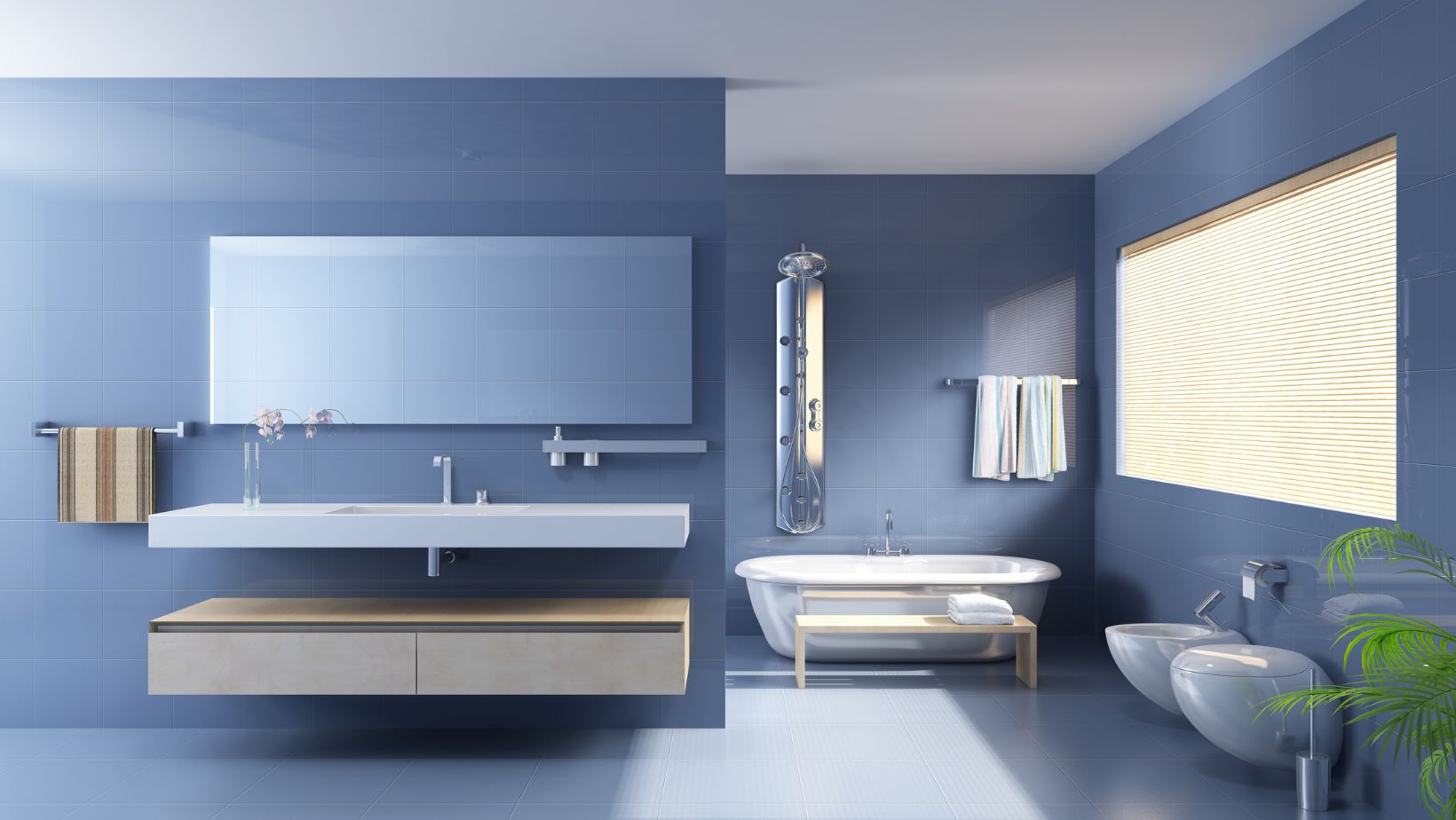
Favorable economic indicators, such as a solid labor market, further stabilize this upward trend.
Renovation activity in recently purchased homes is another growth factor. With the median home age now at 41 years, renovations addressing wear and tear become unavoidable. Energy-efficient and cost-effective solutions remain particularly attractive among these buyers.
Kitchens That Balance Practicality with Design
Kitchen remodels, including midrange upgrades, consistently deliver returns close to 96%. Replacing cabinets, modernizing appliances, and installing cost-effective flooring add functionality, especially for buyers prioritizing usability oversize. Aging homes frequently benefit from upgrades targeting outdated layouts, making kitchens focal points for renovation spending.
Aging in Place and Accessible Features
The inclusion of accessible upgrades is growing among buyers nearing retirement, reflecting a preference for aging in place. Bathrooms with wide doorways, zero-threshold showers, and main-floor bedrooms are features meeting this demand. Accessibility upgrades may also future-proof homes, reducing the need for costly modifications down the road. Buyers weighing practicality with comfort find these elements highly appealing.



